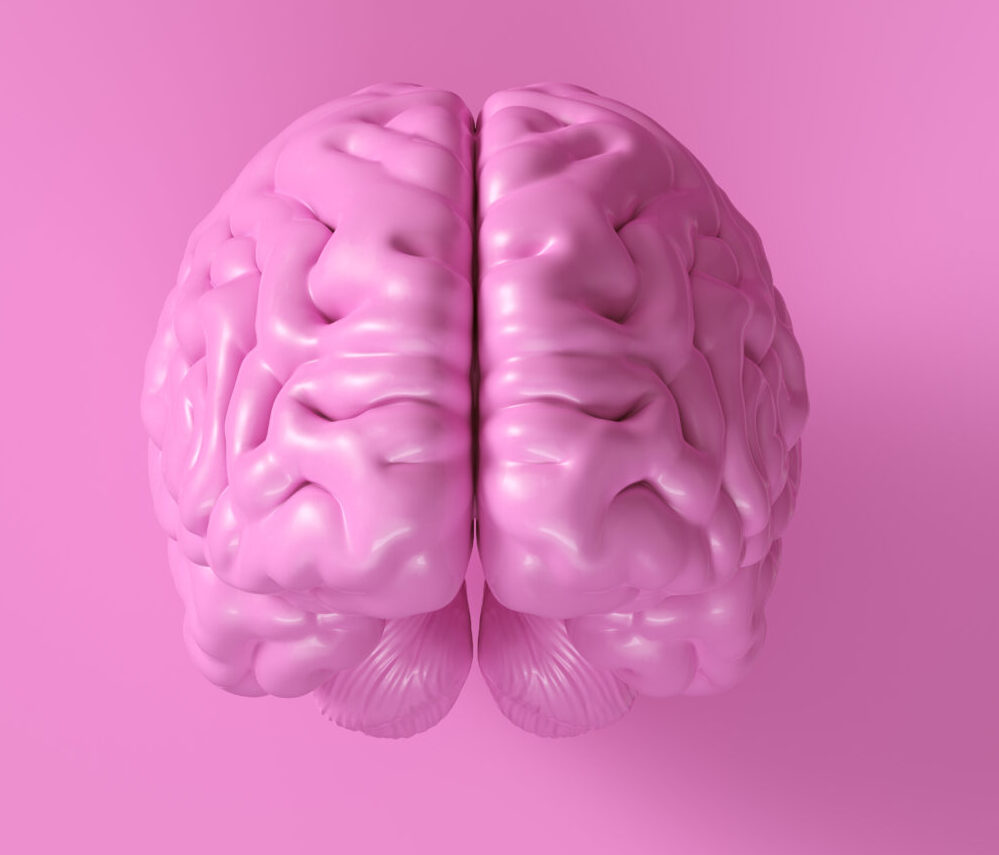Combining Art and Science for Better Parkinson’s Outcomes
Scientists and artists are teaming up in exciting new ways to help people with Parkinson’s disease. This creative approach is showing promise in improving symptoms and quality of life.
One innovative program called “Dance Well” uses dance as a form of therapy. Researchers found that when people with Parkinson’s participated in dance classes, they saw improvements in their balance, posture, and mood. The classes combine artistic expression with physical movement in a fun, social setting. Participants report feeling happier and more confident after dancing regularly.
Meanwhile, technology is opening up new possibilities. Researchers at UNC-Chapel Hill have developed special augmented reality glasses to help treat Parkinson’s. The glasses allow doctors to watch how patients move in their everyday environments. This gives a more accurate picture than just observing in a clinic. The technology helps doctors adjust treatments to each person’s specific needs.
Art is also being used to raise awareness and understanding of Parkinson’s. Artist Barbara Salsberg Mathews created illustrations showing the different stages of Parkinson’s in women. Her goal was to challenge stereotypes that Parkinson’s only affects older men. The illustrations help educate people and make women with Parkinson’s feel less alone.
At Van Andel Institute, students are combining art and science in a unique fundraising event. Called “Art for a Cure,” the event auctions artwork created by students to raise money for Parkinson’s research. It’s a creative way to get young people involved in supporting scientific efforts.
On the cutting edge of treatment, scientists are exploring how virtual reality might help Parkinson’s patients. Early studies suggest VR could improve movement and even slow down progression of symptoms. The immersive nature of VR makes therapy more engaging and potentially more effective.
These examples show how bringing together artistic creativity and scientific research can lead to new breakthroughs. By looking at Parkinson’s from different angles, researchers are finding innovative ways to improve care and quality of life for people with the disease. The combination of art and science offers hope for better outcomes in the future.

